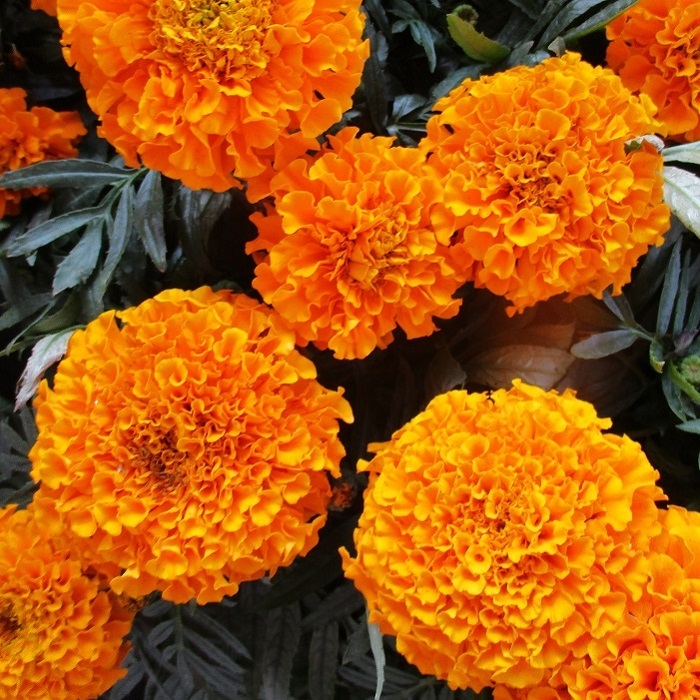UNITED STATES—There is likely no other fruit that gets wasted quite like pumpkins. Almost all get hollowed and carved into jack-o -‘lanterns, illuminated from within for Halloween, and then discarded or added to compost within the next few days after Halloween. If they stay too long in the yard or on the porch, they mold or get partly eaten by squirrels. They were fun while they lasted, but the party is over.
Most people who use pumpkins for Halloween décor do not consider recycling them in the kitchen. Pumpkins carved into jack-o -‘lanterns are considered to be as disposable as cut flowers that have started to fade. Realistically, jack-o -‘lanterns that were carved several days prior to Halloween are probably too far gone by now to be recycled, and some are too sooty and toasted inside.
Of course, those that are not so deteriorated can be used in the kitchen like other winter squash. Sooty or toasted portions are easily cut away and discarded. The brightest orange pumpkins that were bred to make the best jack-o -‘lanterns, are not as meaty or as well flavored as those that are grown for culinary use, but they are not bad either. Their thinner shells are quick to bake or roast.
It seems that most pumpkins in supermarkets this year are not quite as bright orange as those that were developed specifically for jack-o -‘lanterns. They also seem to be more dense with thicker shells, as if bred to be recycled in the kitchen after Halloween. The smaller and more brownish pumpkins that are heavy with thick shells are probably still the best for pies, even if no fun to carve.
White, pink, green, yellow, red and bluish gray pumpkins are as variable as their colors are. Any are worth trying in the kitchen. Although some are quite bland, others have rather distinctive flavor. Those that are deeply furrowed or very lumpy are of course awkward to work with. Like other winter squash, pumpkins are very tough, so it is important to be careful when cutting them into pieces.
Highlight: African marigold
French Marigold might have been a more appropriate choice. It is the official flower of Dia de los Muertos on November 2. Some might say that the bigger and bolder African marigold, Tagetes erecta, is just as official. Both are Mexican, but as the names imply, most varieties of French marigold were developed in France, and most varieties of African marigold were developed in Africa.
Both African and French marigolds are warm season or autumn annuals that exhibit a similar range of floral colors that contrast nicely against their rich green aromatic foliage, but they are not much more similar than that. African marigold can get almost three feet high and two feet wide. Its bigger pom pom flowers tend to be solid colors rather than mixed; and vanilla white, although unpopular, is not rare. Bright yellow and bright orange are the most familiar. Rusty red is the third most popular color.
African marigold wants rich and well drained soil in sunny exposures. It gets lanky, blooms less, and is more likely to mildew where partly shaded. It should be watered regularly and early in the day. Flowers can mold if they stay damp for too long. Deadheading, which is the removal of deteriorating flowers, promotes continued bloom. Occasional application of fertilizer might also help.
Horticulturist Tony Tomeo can be contacted at tonytomeo.com.






